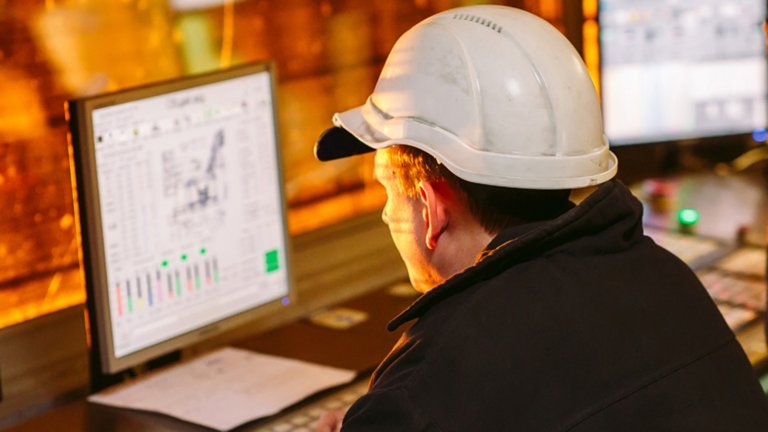By Mike Bacidore, Contributing Editor
What’s the difference between an automated system and an autonomous one? The answer may seem obvious, but the distinctions are many.
An automated system is programmed to perform tasks in the absence of human intervention, while an autonomous system learns to perform tasks and adapts by learning in environments of uncertainty, explained Cyril Perducat, chief technology officer, Rockwell Automation. He spoke to the media during the 2023 Automation Fair® event in Boston.
“Automated systems are programmed, and autonomous systems are learned,” he shared.
Autonomous systems are dynamically adaptable with continuous learning, compared with manually reprogrammed adaptability in an automated system.
And the differences continue. Data scientists collaborate with engineers in an autonomous system because domain knowledge is combined with a high volume of data. This allows applications in an autonomous system to include multi-variable nonlinear, dynamic practices.
Automated systems handle simple linear problems with few variables because they’re limited to first-principles domain knowledge.
The idea of a system that learns and adapts could be at almost any level, Perducat said. “It could be at the equipment level, sensor level, control level, operation-management level or business-planning level. You could be doing condition monitoring of motors.



